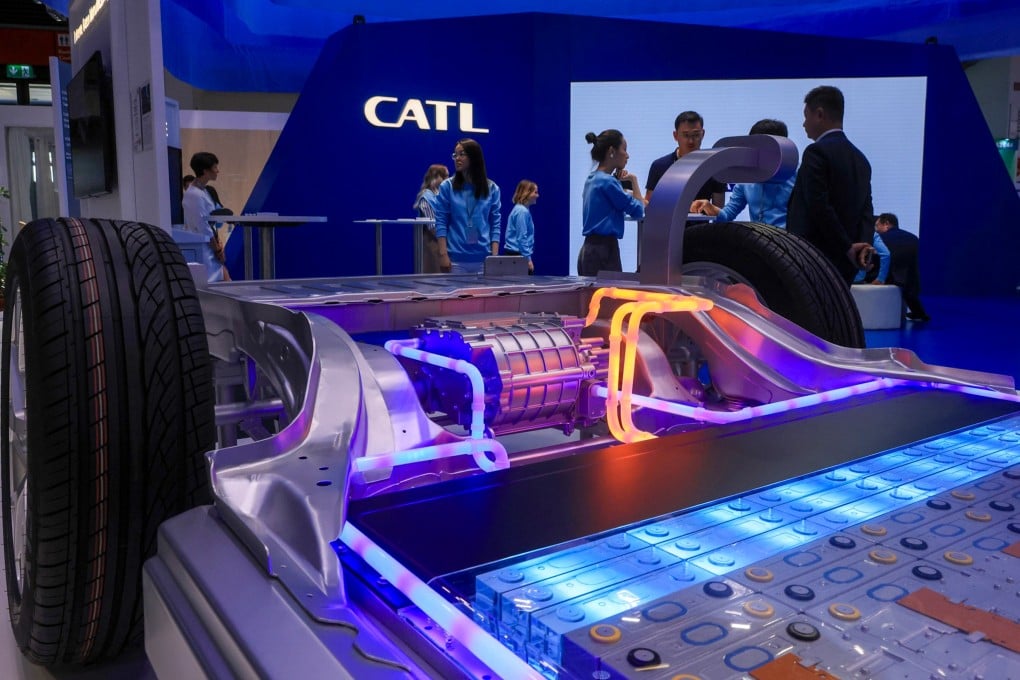Exclusive | Chinese EV battery giant CATL will set up research and development centre in Hong Kong, in win for government innovation hub push
- Science Park to host centre for Contemporary Amperex Technology (CATL), according to government source, with about 500 staff to be recruited
- Move by world’s biggest maker of batteries for electric vehicles would mark further win following similar announcement by drug giant AstraZeneca

The establishment of the centre would mark another win for a push by authorities to turn the city into an innovation hub, following the announcement of a similar move by UK drug giant AstraZeneca.
The CATL centre, to be established at the Hong Kong Science Park, is expected to recruit about 500 staff and begin operating next year at the earliest, according to a government source familiar with the situation.
“The company is a giant in the industry and it aligns with the city’s development strategy to encourage the use of vehicles powered by clean energy,” the source said.
“Research and development is a start, production in the city is the next step for exploration.”
More details are expected to be revealed in a ceremony on Thursday when CATL, a Fujian-based EV battery giant, will sign a memorandum of understanding with local authorities.